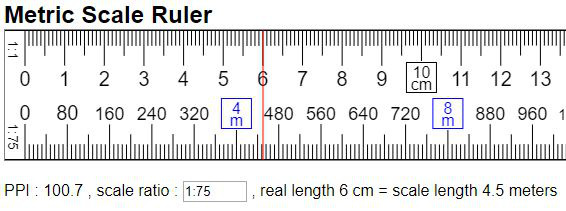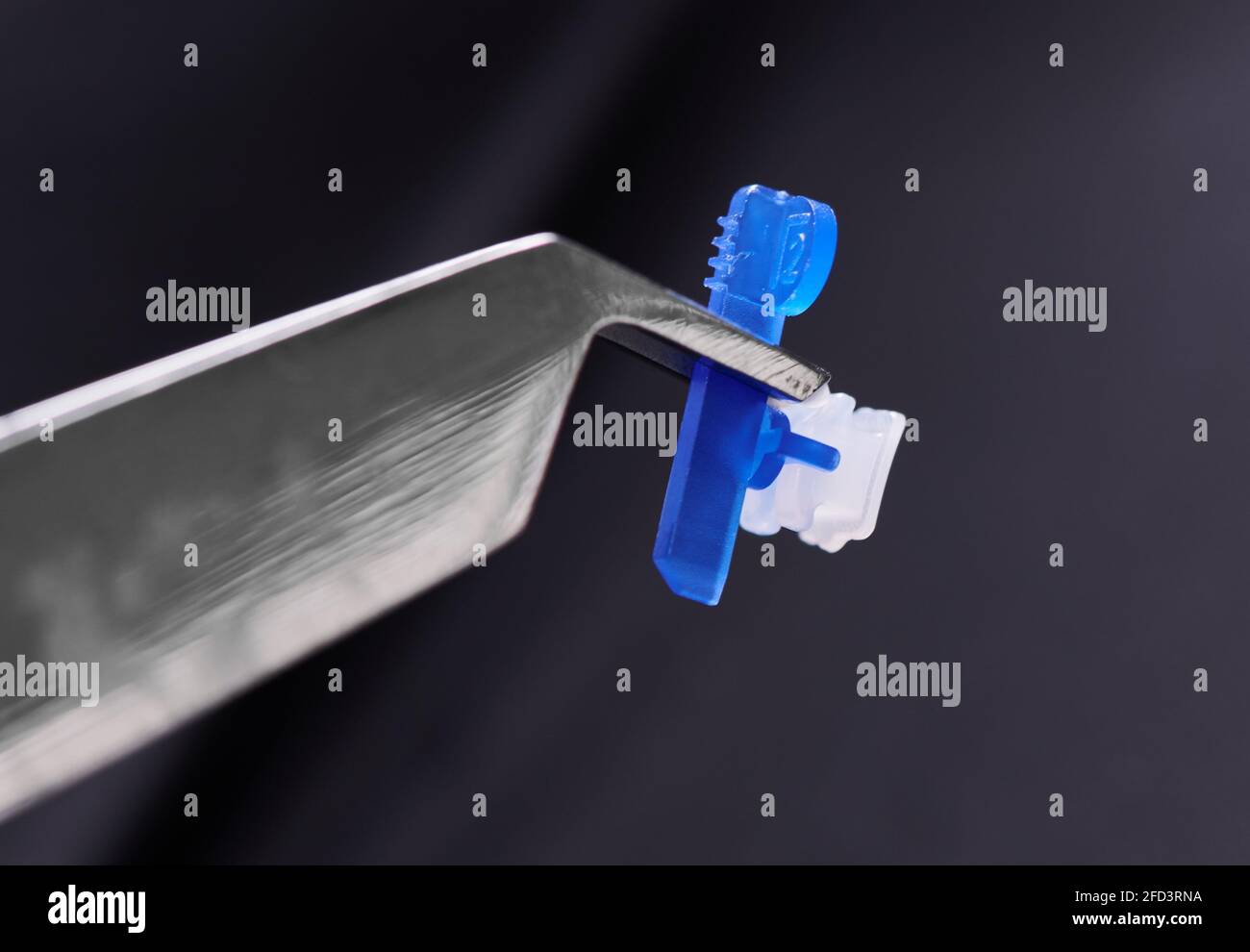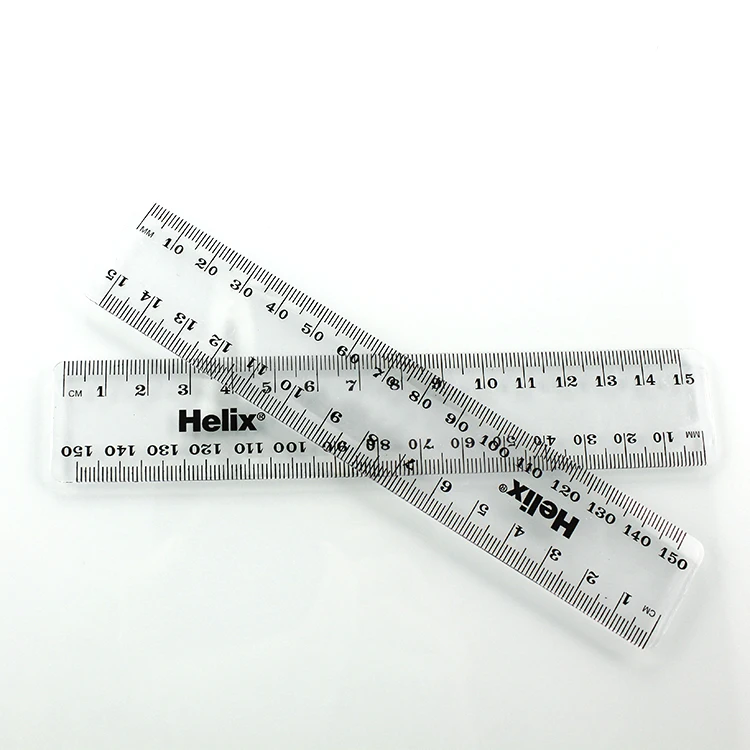

The axis of interest depended on the OGS evaluated item, which was determined by this method.
Orthodontic metric scale ruler software#
Therefore, when an alteration was detected on the ideal finalization pattern, points were placed on the sites where the ABO measuring gauge would be, and the software showed the distance between those points in the three axes (vertical, transversal, and anterior-posterior), as well as it showed the total distance. Instead of using the ABO measuring gauge that is applied on plaster models, the Geomagic Qualify software was employed to take the measurements on the digital models.
Orthodontic metric scale ruler manual#
The proposed digital methodology used the same reference points that are applied to the manual evaluation system. Lastly, the measurements of the manual and digital methods were compared to evaluate the reliability of the proposed digital method. An interval of 15 days was considered suitable to repeat the method in 5 sets of models of the sample, to obtain inter-examiners and intra-examiner comparisons.

After the images were captured, they were stored in STL open formats and exported to Geomagic Qualify 2013 software (Raindrop Geomagic, Inc., Cary, NC, USA), where the proposed digital measurement methodology was employed. Afterwards, for the digital evaluation method, the models were digitized using a 3D scanner (Maestro 3D Dental Scanner - AGE Solutions, Potedera, Italy). Inclusion criteria were that the plaster models needed to be in good condition and the models needed to be from patients with finished orthodontic treatment that presented complete permanent dentition, except for the third molars.Īt first, the sample was measured with the manual method using the ABO measuring gauge (OGS). Subsequently, ten sets of plaster models from patients who attended the Orthodontics Specialization Clinic of the State University of Rio de Janeiro (Brazil) for orthodontic treatment were selected to this study sample. Before starting this study, the examiners were calibrated by a BBO board member, and five different sets of study models were evaluated by them. 6Ĭonsidering the above-mentioned concerns, this study aimed to determine the accuracy of a digital measurement system under the OGS, compared to the conventional manual approach.įive examiners were designated, who were all specialists in orthodontics. 5 No digital method was considered efficient after evaluating every item from the OGS. With the emergence of scanning and digital modeling, there is a growing interest regarding the accuracy of the measures obtained from digital models, as compared to the conventionally used plaster models. 8 However, some studies evaluating this feature have determined that the tool cannot replace manual measurements in plaster models. 4ĭue to the increasing demand for digital models, OrthoCAD has developed a tool 7 to enable the inclusion of digital models in the final clinical case assessment performed in the ABO candidate examination. 1, 2, 3 Also, the ABO system is considered an excellent way to self-assess cases treated in private orthodontists’ offices. The plaster models are evaluated under the Objective Grading System (OGS), which is used to judge the orthodontic case using a metric system developed by the American Board of Orthodontics (ABO). During the certification process, a candidate presents the results from six clinical cases after orthodontic treatment is completed.

The Brazilian Board of Orthodontics and Facial Orthopedics (BBO) is an entity that promotes clinical excellence within the specialty of orthodontics.


 0 kommentar(er)
0 kommentar(er)
